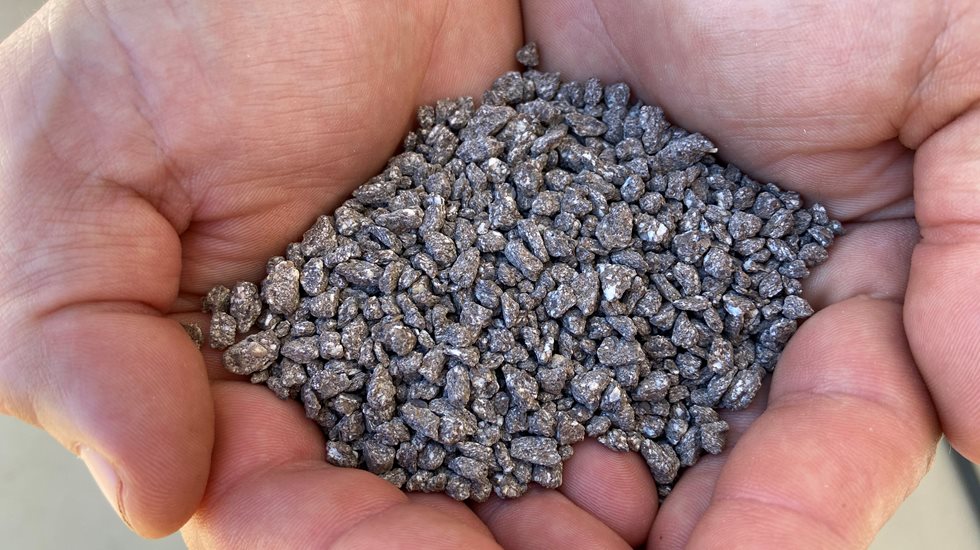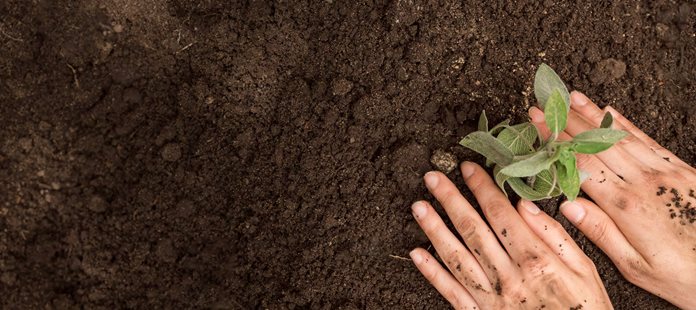Compaction is the granulation method in the production of fertilizers by dry process, that is, the processed materials have low humidity and granulometry.
The technique can dispense with the use of dryers, which automatically reduces the energy cost of the production plant and the use of binders necessary for wet processes. Compaction is also adopted for materials that are difficult to granulate and allows many solid fertilizers to be consolidated in any proportions using mechanical pressure alone.
Compaction granulation is also gaining ground due to its operational simplicity. Changing the formulation in such a unit is a quick and simple procedure.
As it is a low-cost and complex fertilizer production process, compaction can be applied for the use of raw materials that were segregated during transport or storage. In short: in this type of plant, the recovery of fines is a reality.
The flexibility of compaction plants can also be proven by their application in products that are difficult to granulate. Due to being a compact plant, it also has lower maintenance costs and greater ease of operation.
Factory setup, for example, can be done faster and batch sizes can be smaller than with wet granulation. As a dry process, dedusting and filtering are sufficient to control pollution, eliminating the use of a gas scrubber and treatment of liquid effluents.


